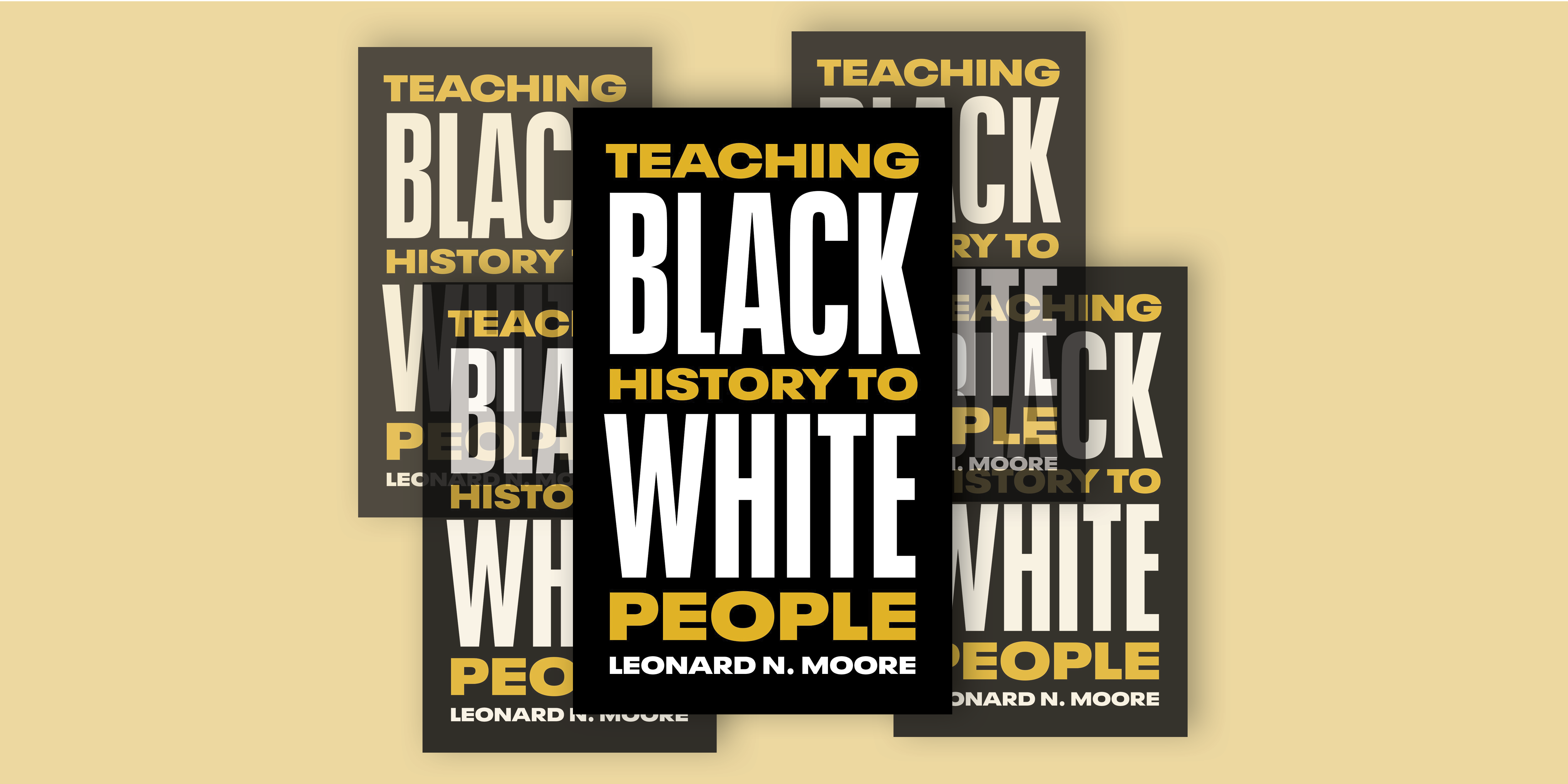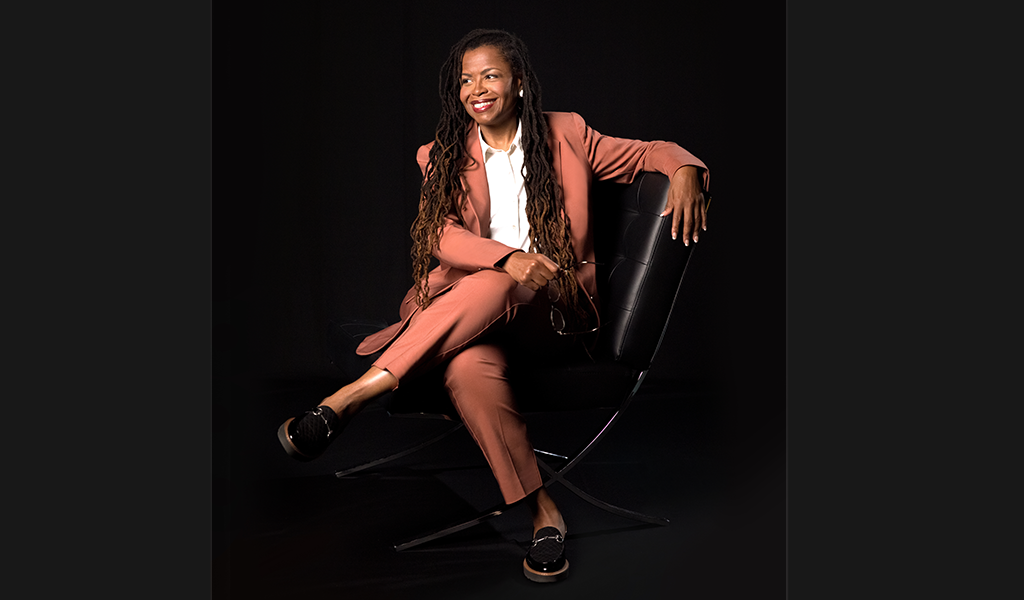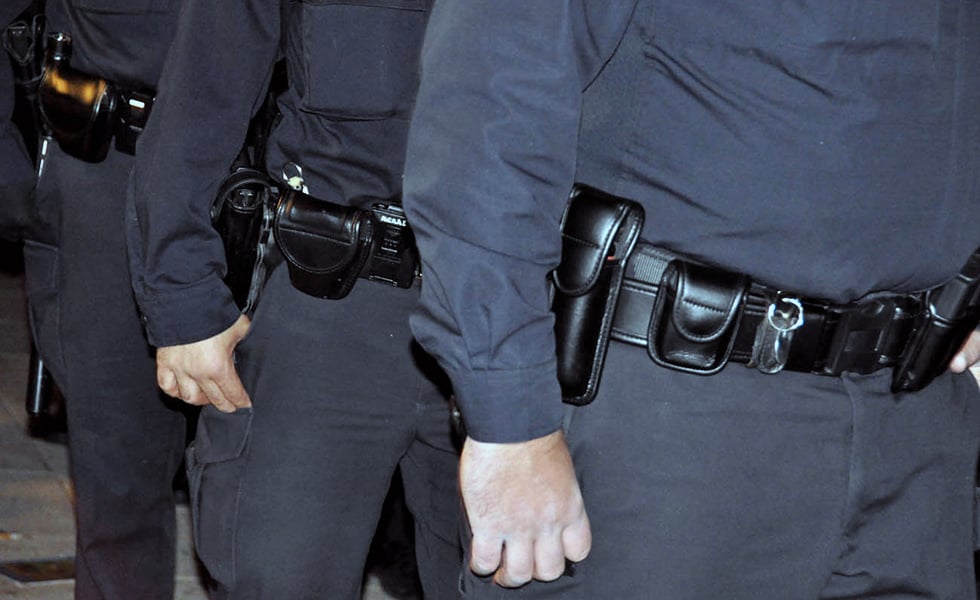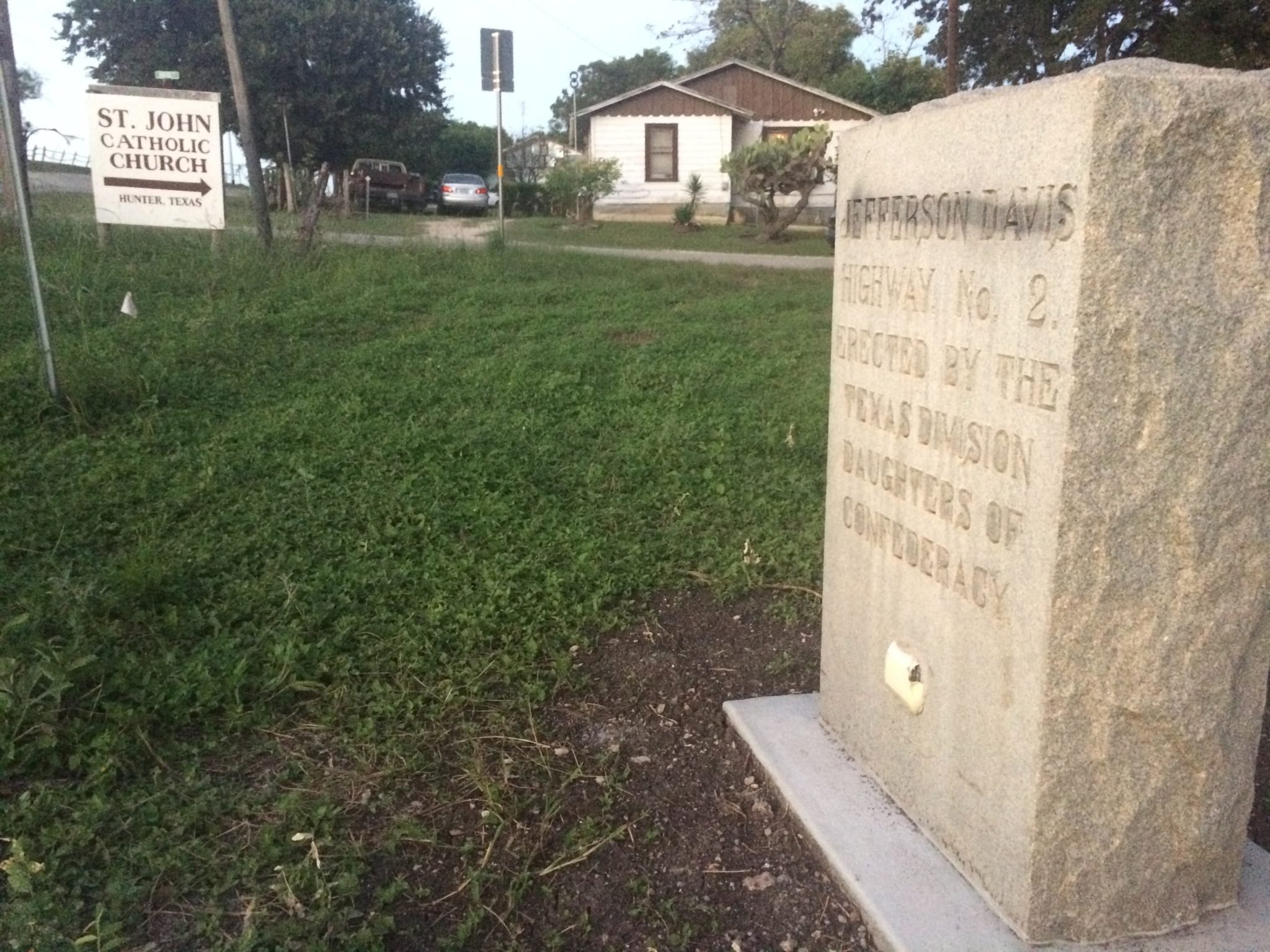
Texas State Quietly Removes Confederate Monument
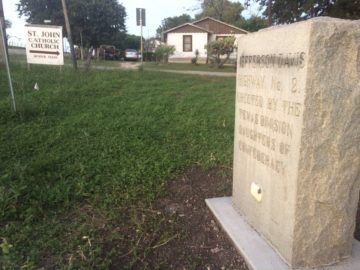
An 85-year-old monument to Confederate president Jefferson Davis on the Texas State University campus vanished without a peep last week.
Following a year of outcry from students, professors and community groups, the granite memorial along one of San Marcos’ busiest roads was quietly uprooted on Friday and moved to a site seven miles away in Hunter, on land donated to the United Daughters of the Confederacy.
Texas State spokesman Jayme Blaschke told the Observer that although the monument sat on campus property, it technically never belonged to the university. The United Daughters of the Confederacy installed the roadside marker almost 90 years ago on federal land, as part of the proposed transcontinental Jefferson Davis Highway. The university later acquired the land, but the Texas Department of Transportation maintained the right-of-way where the marker was situated.
For that reason, Blaschke said that an official announcement was unnecessary.
“It is not an appropriate monument for a modern Texas university,” Blaschke said.
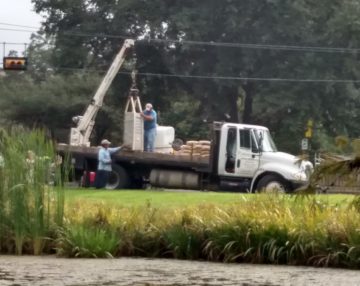
Kathy Hillman, Texas division president of the United Daughters of the Confederacy, said she appreciated Texas State’s generosity. “The university paid for everything: removing it, cleaning it of graffiti, moving it to Hunter and setting it there,” she said, calling it a “very good” collaboration.
The United Daughters of the Confederacy installed the monument with great fanfare in 1931, at a time of intense racial segregation in San Marcos. Just seven years before, the town proudly played host to 20,000 Klansmen for the statewide gathering of the Ku Klux Klan.
Efforts to purge the Confederate relic from campus gained traction last September when the faculty senate passed a resolution in favor of removal.
Dr. Rebecca Bell-Metereau, an English professor and candidate for the State Board of Education in District 5, helped champion the cause. “It was offensive and insulting to a substantial portion of our student body,” she said.
After the faculty vote, Texas State sent a letter to the Texas Department of Transportation to officially request its removal.
In May, after a timetable for extraction had come and gone with no action, a coalition of San Marcos groups calling itself the Cousins of the Confederacy staged a bit of political theatre that went viral locally: Activists masquerading as Dixie diehards announced a change of heart and an immediate shutdown of the monument.
The Cousins concealed the memorial with a trash bag and posted a sign reading, “Temporarily Closed Pending Further Race Analysis.”
The removal of the Davis monument from campus comes during a time of vigorous black student organizing at Texas State. On Saturday, around 125 students engaged in a sit-in during the national anthem at the school’s football game — their fists in the air to protest impunity for widespread police killings of black citizens.
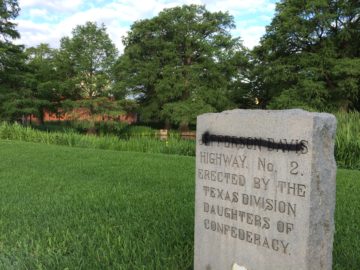
Tafari Robertson, founder of the Pan-African Action Committee and an organizer of the Cousins of the Confederacy action, says that while he’s gratified by the monument’s removal, more work remains at Texas State to confront racial injustice.
His organization successfully urged student government this fall to embrace the creation of a Black Studies program and has been working with the Honors College to designate a multicultural lounge.
“It’ll be interesting to see what the future holds for the university, as it has yet to take a public stance on the development of programs such as Black Studies, Latin Studies or an institutionally recognized multicultural center,” Robertson said.
